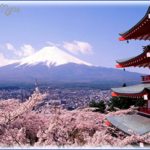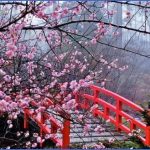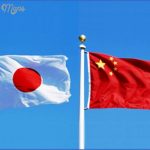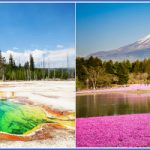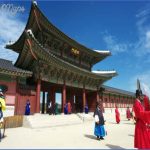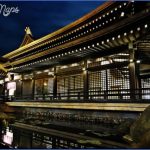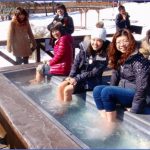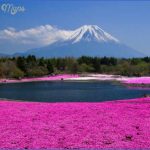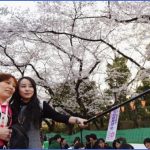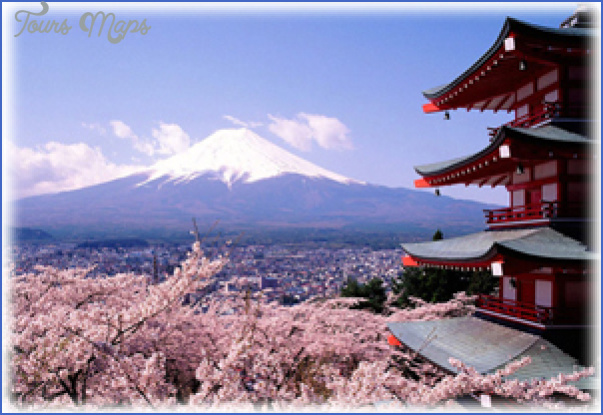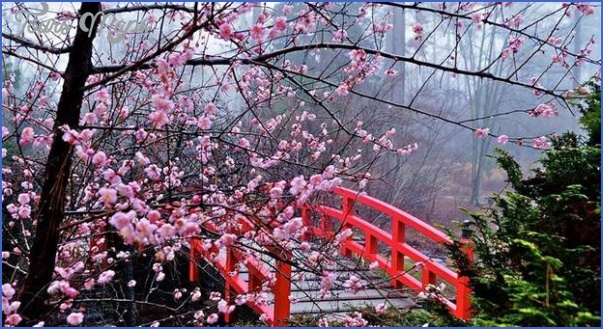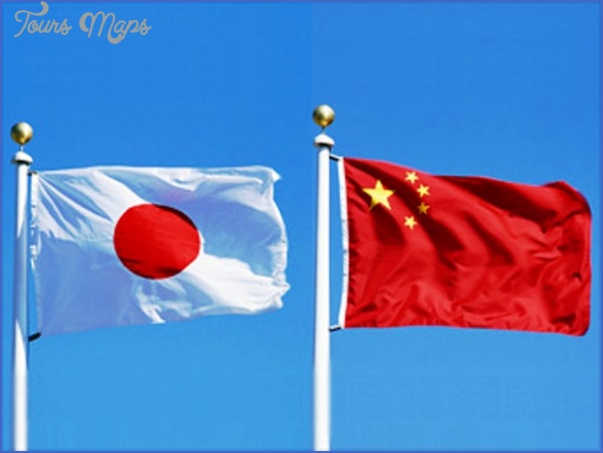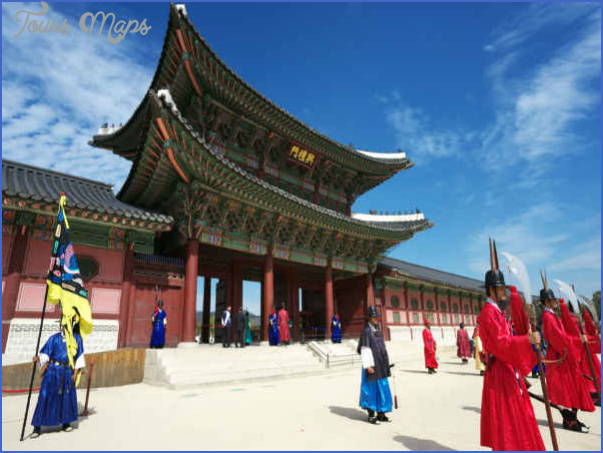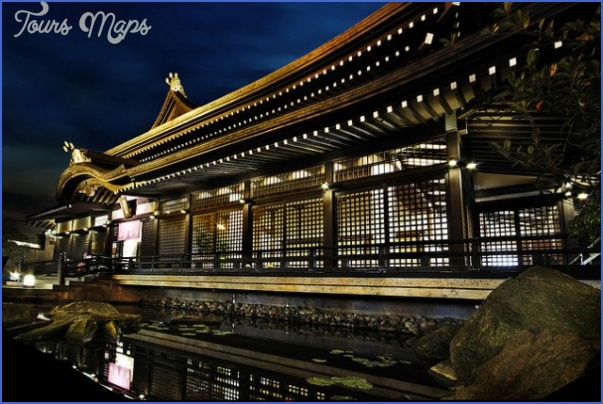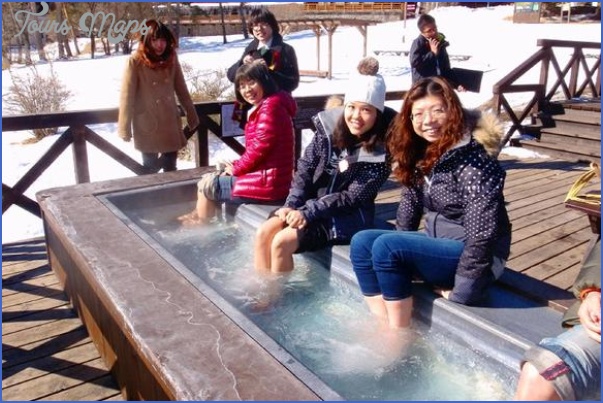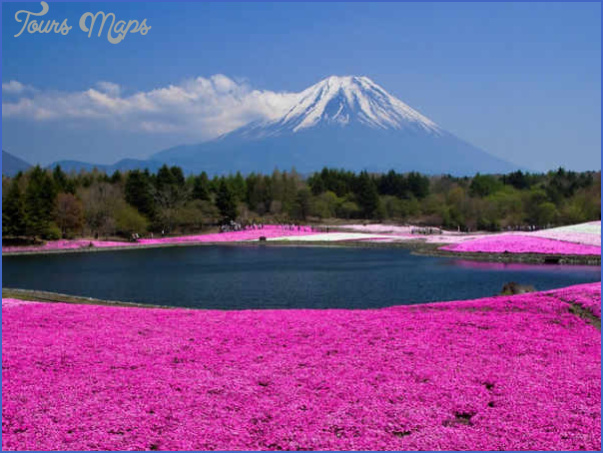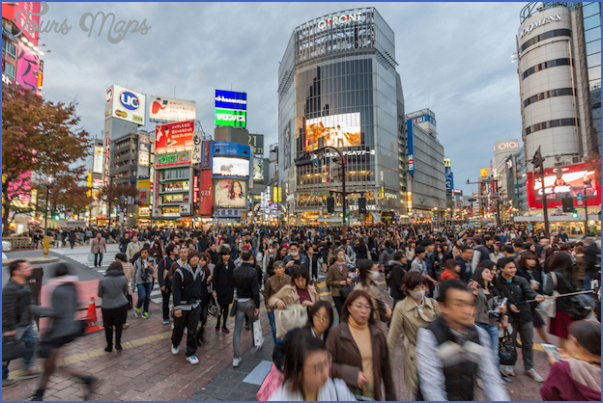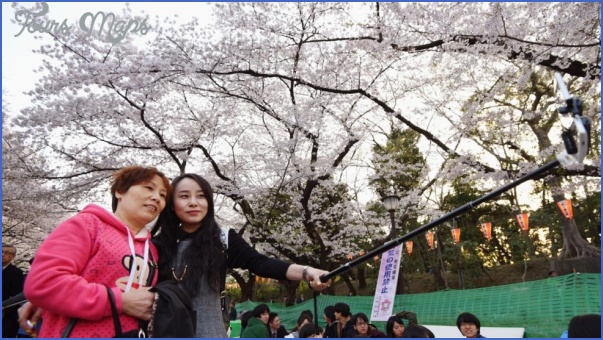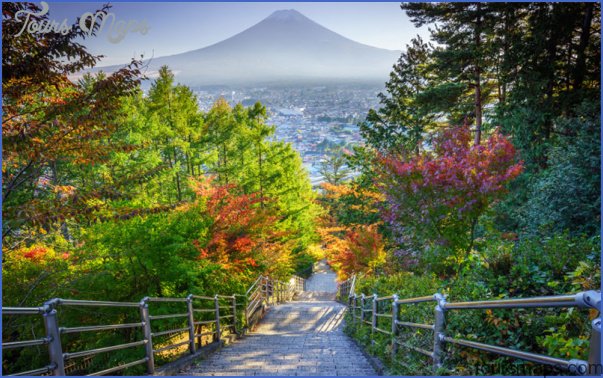This modern museum to the south-east of the Temple of Daxingshan Si is 44,OOOsq.m/474,OOOsq.ft in area and consists of several buildings containing a large number of rooms in which more than 3000 exhibits, displayed in seven chronologically arranged sections, illustrate the story of the city of Xi’an and Shaanxi province from prehistoric times up to the Opium Wars of the mid-19th c. On display are bronze vessels from the Shang and Zhou period (16th3rd c. B.C.), porcelain from the Tang and Song era (7th13th c.), gold and silver jewellery from the Tang period (618-907), terracotta warriors from the tomb of Shi Huangdi, a rich collection of frescos from the tombs of Tang rulers which depict scenes from court life, and musical instruments. Evidence of trade with the west is provided in the shape of gold dishes, brooches and silver-plate from the Sassanid (Persian, a.d. 211-651) empire.
In company with that of the Small Wild Goose, the Pagoda of the Great Wild Goose is the second religious building to survive from the Tang period (618-907). It formed part of the Temple of Great Mercy and Goodness (Ci’en Si), built by Prince LiZhi in the first half of the 7th c. in honour of his mother. Originally the complex would have had numerous courtyards and almost 2000 rooms in which 300 monks lived, but today it is much smaller. Three Buddha figures can be seen in the main hall.
The Gaozong Emperor Li Zhi built the Pagoda in 652 in order to house more than 650 Buddhist writings which the monk Xuanzang had brought from India and later partially translated. Originally there were only five storeys, but five more were added between 701 and 704. Later three storeys were destroyed during hostile attacks, so today the pagoda has only seven floors and is 64m/210ft tall. It is constructed in rectangular sections which taper towards the top. Two stone plaques are let into the wall on either side of the entrance; these bear inscriptions by the Tang Emperors Taizong and Gaozong.
Celebration Park covers 50ha/125 acres around a small lake in the east of the city. The modern buildings are modelled on the Tang period style (618-907), in memory of the magnificent residence which stood here 1300 years ago. In 714, when Li Longji, was crowned emperor, he had the residence converted into an imperial palace. Its name is thought to commemorate his accession to the throne.
This museum lies 4km/21/2 miles east of Xi’an on a site where, in the 1950s, archaeologists unearthed a 6000 year-old village which had operated on a matriarchal structure. About 500 people would have lived in the village, which was surrounded by a ditch 6m/20ft wide and equally deep. The houses, all facing south, were square or round in plan and arranged around a large house 160sq.m/1720sq.ft in area. Corn and other supplies were kept in the store rooms. Adults would h^ve been buried in graves outside the living area, while children were interred near the houses.
Visitors can see the remains of 45 houses, 2 stables, more than 200 cellars, 6 kilns and about 250 graves. Tools and equipment made of stone, terracotta and bone have also been found. The pottery items, which are attributed to the Yangshao culture, are frequently decorated with fishes and have marks scratched on them which are probably the forerunners of a form of writing.
In 1990, when constructing the road from Xi’an to the new airport, the builders stumbled upon the tomb of Jing Di (reigned 157-141 b.c.), the fifth ruler ofthe Han dynasty. It lies on a burial site of 9-6ha/24 acres where more than 800 more graves were traced. Some 70,000 workers were forced to labour for 37 years to build the mausoleum.
Chinese travel to japan Photo Gallery
Maybe You Like Them Too
- The Best Cities To Visit in The World
- World’s 10 Best Places To Visit
- Coolest Countries in the World to Visit
- Travel to Santorini, Greece
- Map of Barbados – Holiday in Barbados

